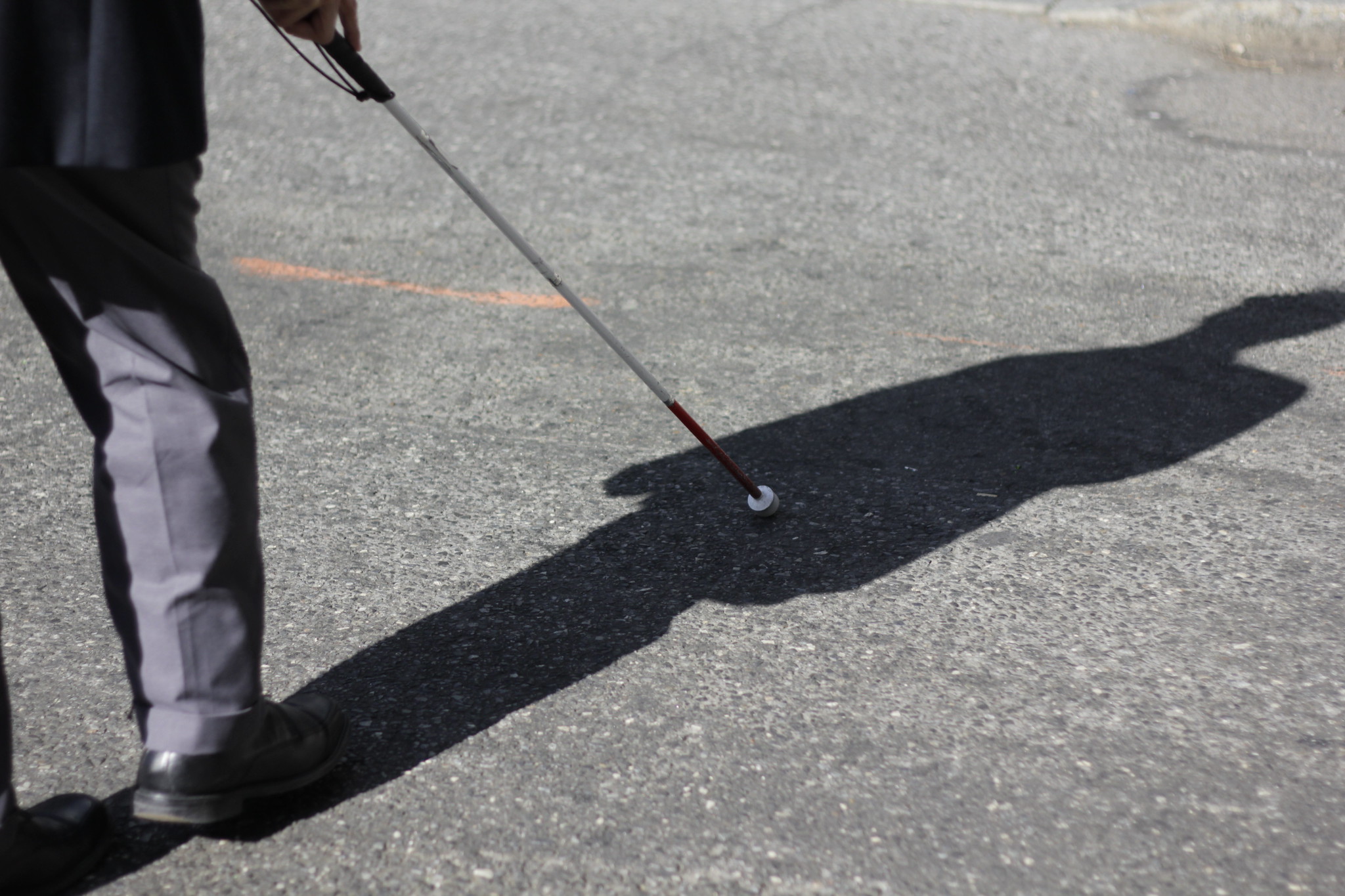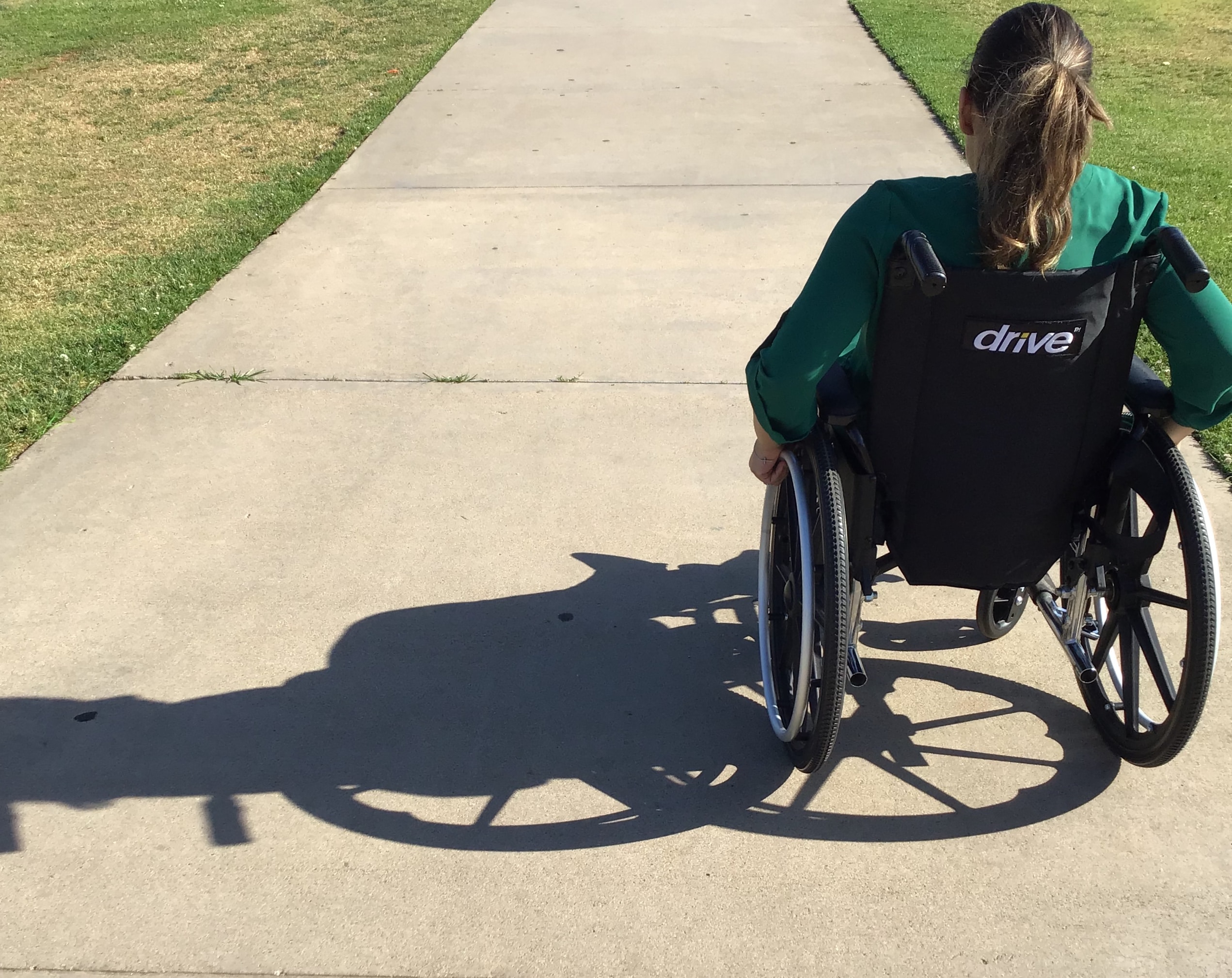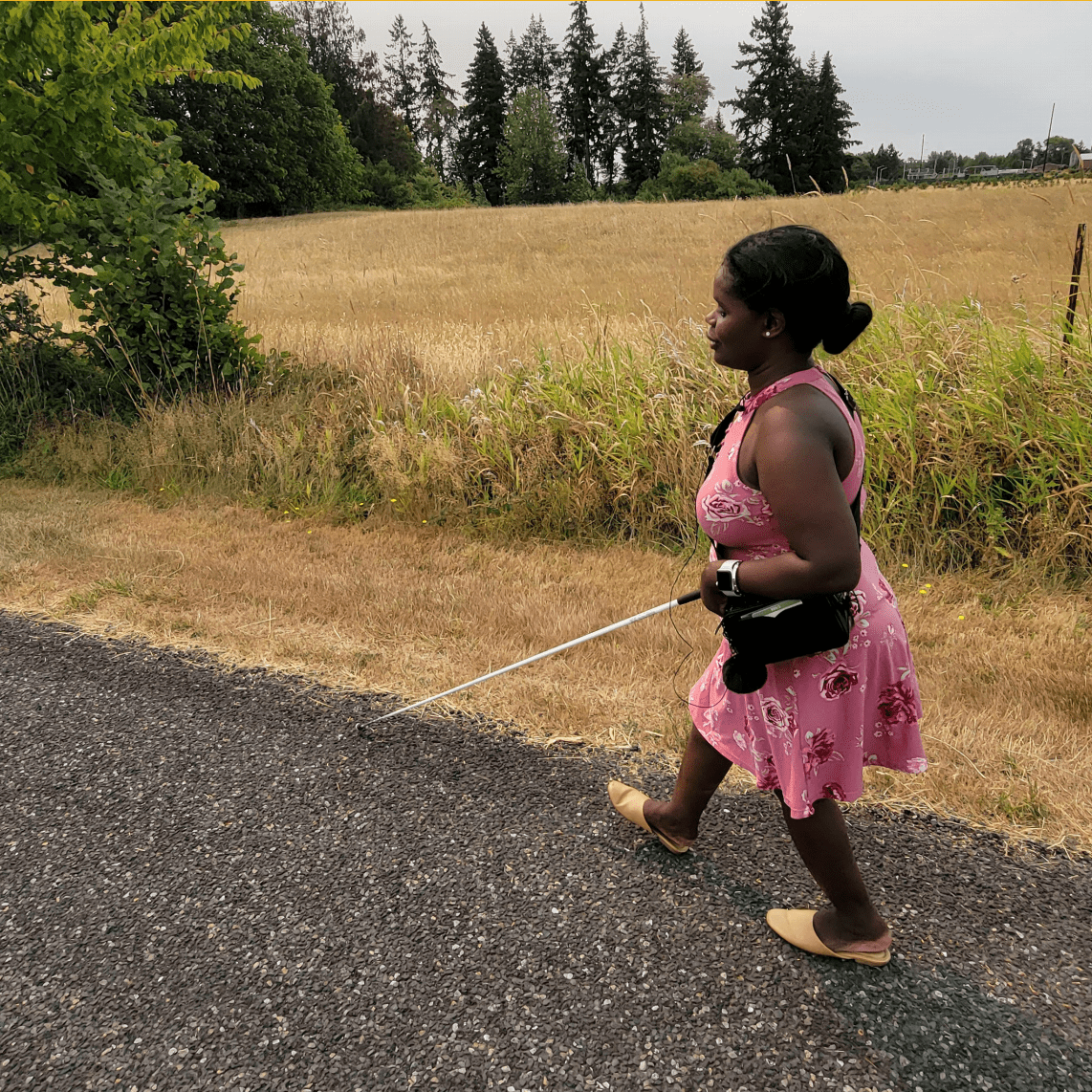Editor's note: A version of this article originally appeared in Governing and is republished with permission.
I am blind and have been since childhood. If I stepped off the curb into a crosswalk and was killed by a car tomorrow, no one in charge of roadway planning would know that a longer traffic light or a chirping bell might have prevented my death — and perhaps the one after that.
No public agency at any level of government specifically tracks traffic fatalities and injuries involving disabled pedestrians. Police aren’t even required to note a disability on the accident report. That’s potentially both dangerous and costly, since roadway engineers and urban planners are basically taking educated guesses about where to spend money on safety improvements and which ones to employ.
We need to be at that table, too. No one knows better than disabled people what makes getting from one place to another easier or harder, and why something works or doesn’t. When it comes to traffic fatalities, not only are we typically not asked for our input, we’re not even our own category. We’re lumped in with “vulnerable road users,” which includes kids, older adults and cyclists. But our needs are different and specific, and we need our own data to have a chance at getting them met.
Even more shocking, people who use wheelchairs aren’t considered pedestrians at all. Instead, wheelchairs fall into the same category of personal conveyances as bicycles and scooters. Trust me: wheelchairs are not another recreational way to get around.
A 2015 Georgetown University study, one of the few of its kind available, found that 528 pedestrians using wheelchairs were killed in traffic collisions between 2006 and 2012. That puts a wheelchair user’s risk of dying on the road at roughly 36 percent higher than a pedestrian on foot. That’s how scary it is out there.
I learned to navigate uncertain situations early, but maneuvering a world made for cars has never been easy or without literal obstacles. As a single mother, I had to leave my hometown of Los Angeles years ago to keep us both safe. Now in Colorado, I still have to worry that a car won’t see me in time or that the city will change a traffic light or curb along my route and unintentionally throw me into danger.
It doesn’t have to be this way.
The $1.2 trillion federal infrastructure act passed in late 2021 includes $11 billion for transportation safety programs. The law’s Safe Streets and Roads for All program will provide $5 billion in grants to local governments working to reduce traffic accidents and fatalities, which recently have numbered upward of 40,000 a year in the United States.
Some of those billions must be spent on improvements that benefit pedestrians with disabilities: curb ramps, roads designed to slow traffic, safer street crossings and more accessible sidewalks. If we are safer, everyone is safer, and that includes automobile drivers.
But first it would help to know how unsafe we are. It would help to have an accurate count of accidents, injuries and fatalities involving anyone who meets the definition of disabled. We’re not a small group. The Centers for Disease Control and Prevention puts the number of Americans with disabilities at 61 million, or 1 in 4 adults. AARP puts the number of Americans who are 50 and older, many of whom will have mobility issues as they age, at more than 100 million.
The U.S. Department of Transportation’s Fatality Analysis Reporting System, which provides the National Highway Traffic Safety Administration and other agencies with information on traffic fatalities, could and should create a category for disabled pedestrians, and then break it down by specific disabilities. It might also consider collecting data on fatalities that occur on private property, including the parking lots of big-box stores, where disabled pedestrians shouldn’t have to risk their lives to stock up on toilet paper.
The data recorded per incident should be granular: time of day, weather conditions, type of disability, whether those injured or killed used a walker, wheelchair or other mobility aid, and circumstance of collision.
Then we should use that data for purposes of education, engineering and enforcement, aiming to eliminate as many accidents and injuries as possible. We would use it to help set universal standards for sounds at intersections, so that blind people like me can be confident about when they’re meant to cross, as well as for traffic signal times and curb cuts.
Many cities are already working to make their streets safer for disabled pedestrians. More than 45 U.S. cities have committed to Vision Zero, a strategy designed in Sweden to eliminate traffic fatalities and serious injuries, but it’s somewhat of a hodgepodge, not to mention often political. And without the proper data, we can’t even know where the danger lies or even which intersections make us the most vulnerable.
Let’s show disabled pedestrians their lives count. We can start by counting their deaths on America’s roads.







